Portraits of women scientists
Miranda C. N. Cheng
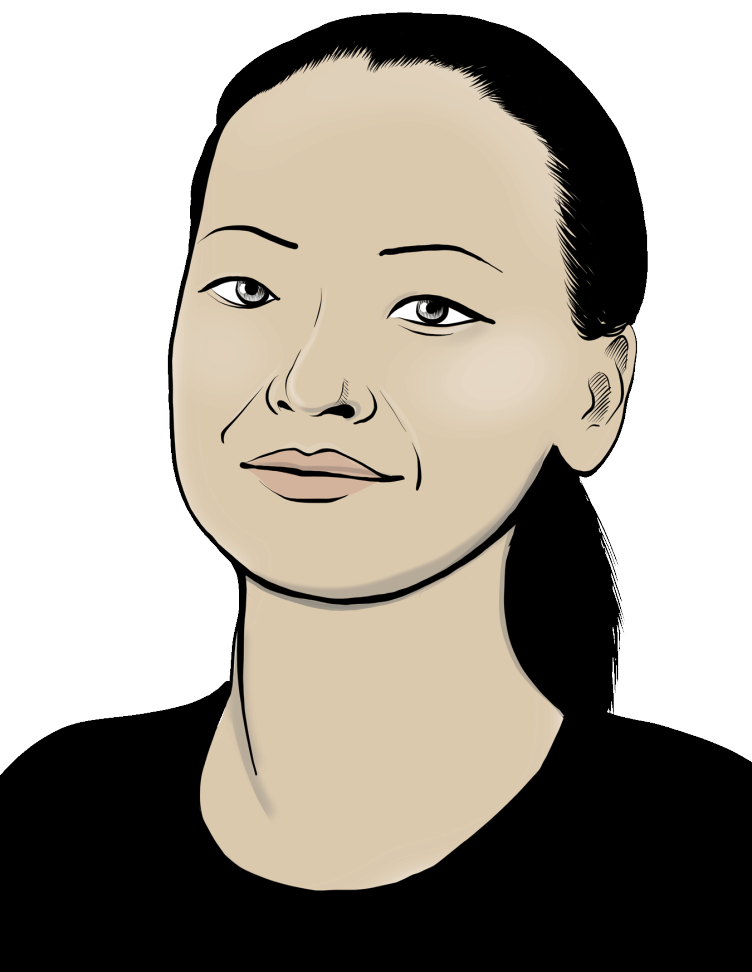
Associate Professor at University of Amsterdam
- *1979, Taipei
- Alma mater: University of Amsterdam
- Work fields: string theory, quantum gravity, number theory, representation theory, topology
Miranda Cheng left school at the age of 16 to play in a punk rock band. Although she liked the band lifestyle, it wasn’t enough to sustain her interest over the long term. Thanks to special classes she had taken at school, she was able to get in to university despite the break in her studies. While there, the lectures given by her quantum mechanics professor inspired her to devote herself more fully to her studies, and it was this which helped her find her way into maths and physics, as well as a new-found inner peace. external page Source
Alessandra Celletti

Professor at University of Rome «Tor Vergata»
- *1962, Rome
- Alma mater: ETH Zurich
- Work fields: dynamical systems, Kolmogorov-Arnold-Moser (KAM) theory, celestial mechanics
For as long as she can remember, Alessandra Celletti wanted to study the sky through mathematics. So strong was her determination that she devoted her scientific life to celestial mechanics since the beginning of her studies. Her tenacity paid off, and today, she is pursuing her passion and unravelling the mystery of the universe as a Professor at the University of Rome Tor Vergata. The asteroid number 117539 bears the name "Alessandra Celletti".
(Source: https://www.europeanwomeninmaths.org/alessandra-celletti)
Ingrid Daubechies
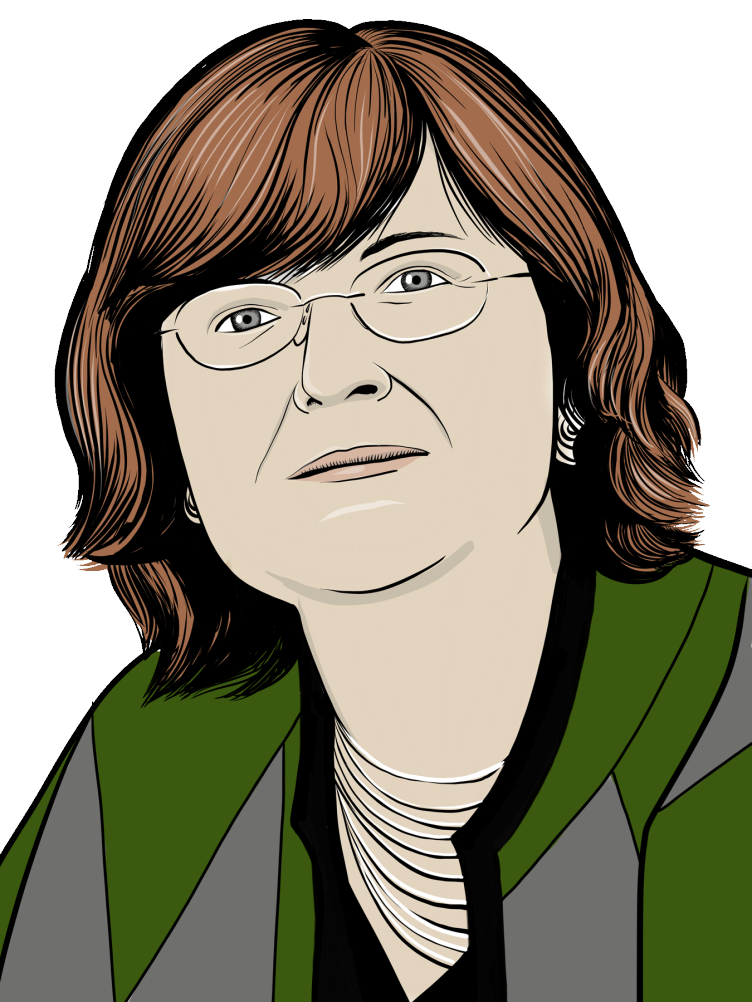
Professor at Duke University
- *1954, Houthalen-Helchteren, Belgium, 2 children
- Alma mater: The Free University of Brussels
- Work field: time-frequency analysis (wavelets)
Ingrid Daubechies is a pioneer among female mathematicians. The first woman to be appointed full professor of mathematics at Princeton University, she also served as the first female president of the International Mathematical Union from 2011 to 2014. She uses the platform she has created through her multiple award-winning research to actively promote women in the field of mathematics. external page Source 1, external page Source 2
Dusa McDuff
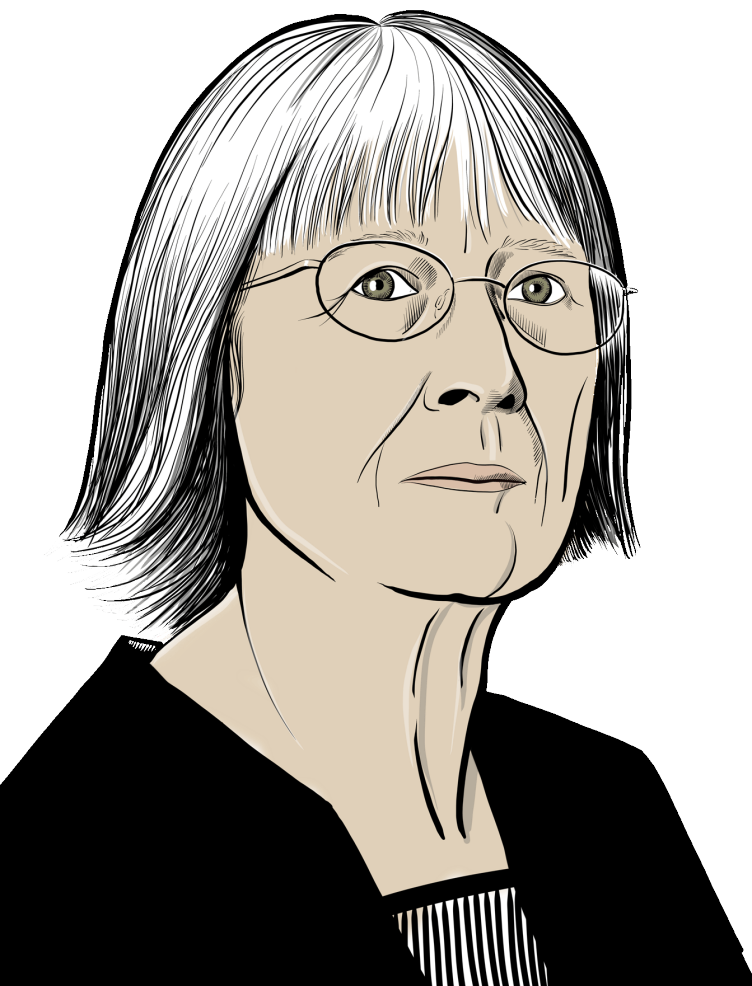
Professor at Barnard College
- *1945, London, 2 children
- Alma mater: Girton College, Cambridge
- Work fields: symplectic geometry and topology
Dusa McDuff’s female ancestors had all been successful women, and she knew that she too would go on to have a great career. At that time, women received little encouragement, and the preconception that men were the better mathematicians stubbornly persisted as the dominant mindset. It took some time before she found her mathematical path and it became clear to her that she would have to take proactive steps to cultivate her career in order to gain recognition. external page Source 1, external page Source 2
Lillian Pierce

Associate Professor at Duke University
- *1980, 3 children
- Alma mater: Princeton University
- Work fields: analytic number theory, harmonic analysis, and discrete operators
Lillian Pierce began to play the violin at the age of four and made her professional musical debut at just 11 years old. To ensure that she had time to practise and appear in concert performances, she was mostly schooled at home by her mother. To the surprise of some of her professors, she made the transition into the academic world with ease. She gave the closing speech upon completion of her studies as the top student in her year. external page Source
Corinna Ulcigrai

Professor at University of Zurich
- *1980, Trieste, 2 children
- Alma mater: Princeton University
- Work fields: ergodic theory, dynamical systems and Teichmueller dynamics
She is equally passionate about her research on slow chaos (trying to explain mechanisms which make even simple systems hard to predict) and her children (providing another kind of chaos in her life). When she was younger, she was questioning if she could follow her passion for research and have a family, but she was fortunate to get to know many successful female mathematicians who provided great role models for her and for the generations to come. external page Source
Olga Sorkine-Hornung
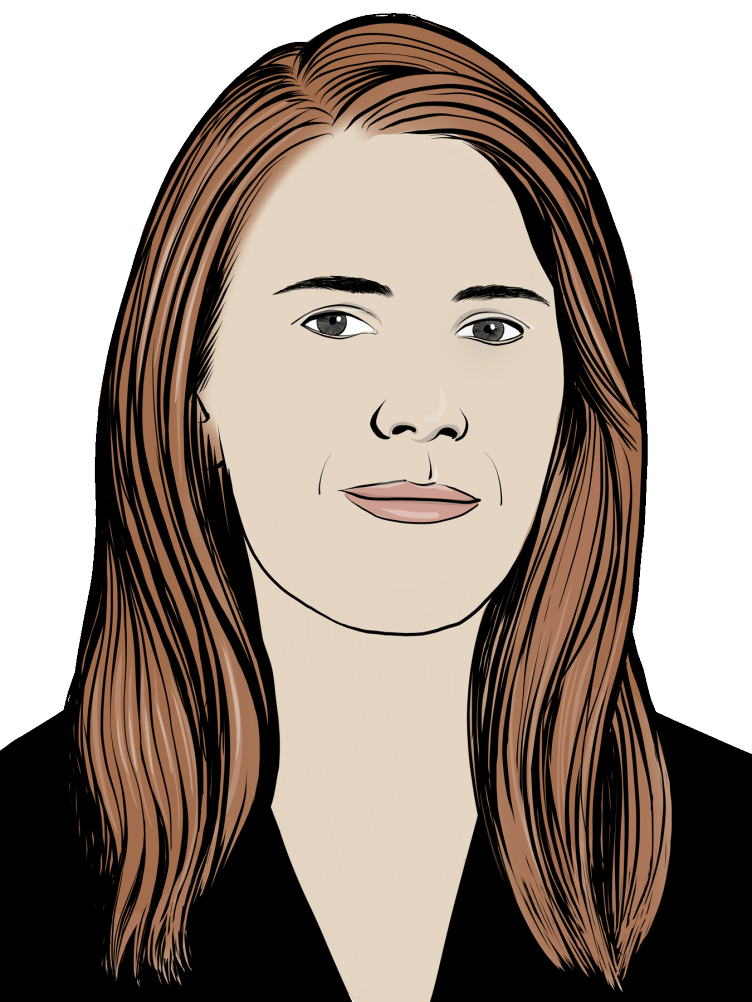
Professor at ETH Zürich
- *1981, Moscow District, Russia, 2 children,
- Alma mater: Tel Aviv University
- Work fields: geometric modeling, geometry processing and computer graphics
The notion that maths is all around us is no more keenly felt than in the algorithms developed by Olga Sorkine-Hornung.These algorithms are applied in industry and are used to manufacture products, such as hearing aids, modelled on computers and tailored to the customer’s exact specifications. On the opposite end of the spectrum, they are also used in animated films and games to give a more realistic appearance to both objects and characters. external page Source (German)
Elisabetta Strickland
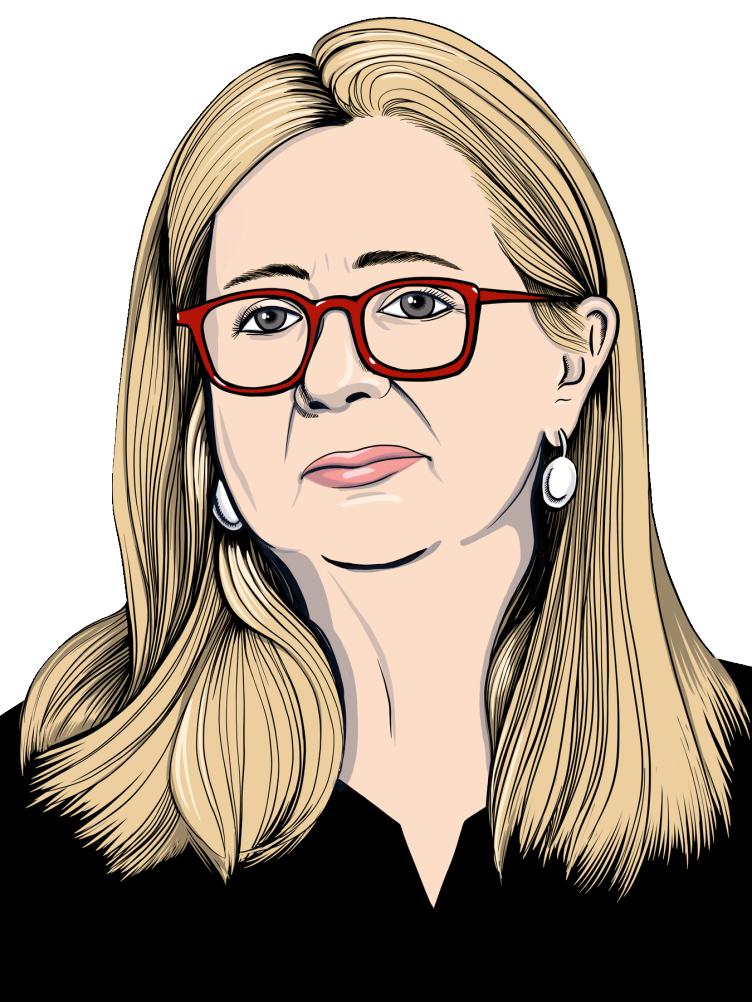
Professor at University of Rome «Tor Vergata»
- *1948, Rome, 1 child
- Alma mater: University of Rome «Sapienza»
- Work fields: algebraic groups, invariant theory, determinantal and flag varieties, quantum groups, group compactifications
Alongside mathematics, Elisabetta Strickland’s greatest passion is writing. She has already published several books, most of which tell stories from the world of academia. One of her works brings to- gether the biographies of female Italian scientists of the past 150 years. This book gives a voice to a number of almost-forgotten women and showcases the importance of their contributions to the field of science. external page Source